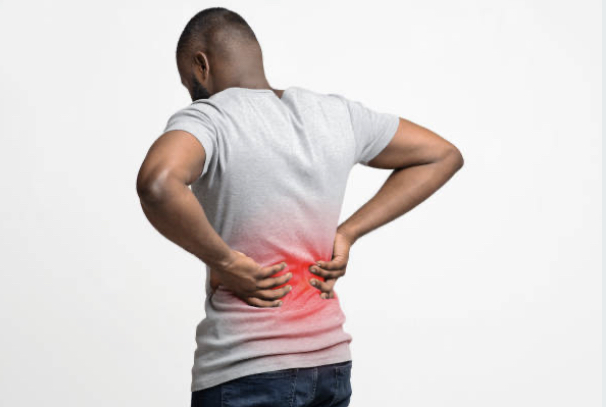What is a Torn Disc
Torn discs are also known as ruptured, herniated, or slipped disc. A torn disc is a spine condition in which the outer layer of one of the spinal discs that cushion vertebrae develops a tear. In some cases, this rupture allows the gel-like center of that disc to leak out.
Torn disc symptoms include:
- Pain in the neck or back
- Weakness
- Numbness
- Tingling sensation
- Muscle cramping or spasms
Additionally, the area of the body in which torn disc symptoms manifest themselves depends on the location of this spine condition. For example, a torn disc in the lumbar (lower) spine, which includes the L1 to L5 vertebrae, might result in symptoms experienced in the lower back, buttocks, legs and feet.
These torn disc symptoms are possible because the nerve roots in the lumbar spine are responsible for transmitting signals to the lower extremities, and a disc that tears near those nerve roots could pinch them, causing discomfort.
Causes of a Torn Disc
The causes of a torn disc are varied, but the most common include:
- Sports injury – Even seemingly harmless motions such as running or swinging a golf club can wear on spinal discs, weakening them over time and making them more likely to tear. Rough sports such as rugby and football can worsen this strain on the spine.
- Car accident – During a physically traumatic event such as a car accident, the spine can be impacted to the point that spinal discs are stretched beyond capacity, and this pressure can be severe enough to make even a healthy disc rupture.
- Age-related degeneration – As we get older, the spinal discs begin to lose water and become more brittle, making them more prone to cracking and splitting.
Torn Disc Treatment
If you suspect that you have this spine condition, then it’s important to see a doctor obtain a proper diagnosis and begin a torn disc treatment regimen. Although in most cases a torn disc simply requires time to heal, there are a number of ways to help alleviate the symptoms caused by it and continue to live a happy life while recovering.
Conservative torn disc treatments include:
- Pain medications
- Anti-inflammatories
- Steroid injections
- Stretching exercises
- Hot and cold therapy
- Physical therapy
- Weight management
For more information on torn disc symptoms and torn disc treatments, including the minimally invasive procedures performed at BEST Health system, reach out today. BEST Health System is the leader in treating spine conditions following a minimally invasive approach.
BEST Health System
If you are interested in learning more about BEST Health System and the procedures we offer, contact our team today. We are dedicated to ensuring all patients receive the most effective, least invasive treatment option. The BEST is yet to come.
